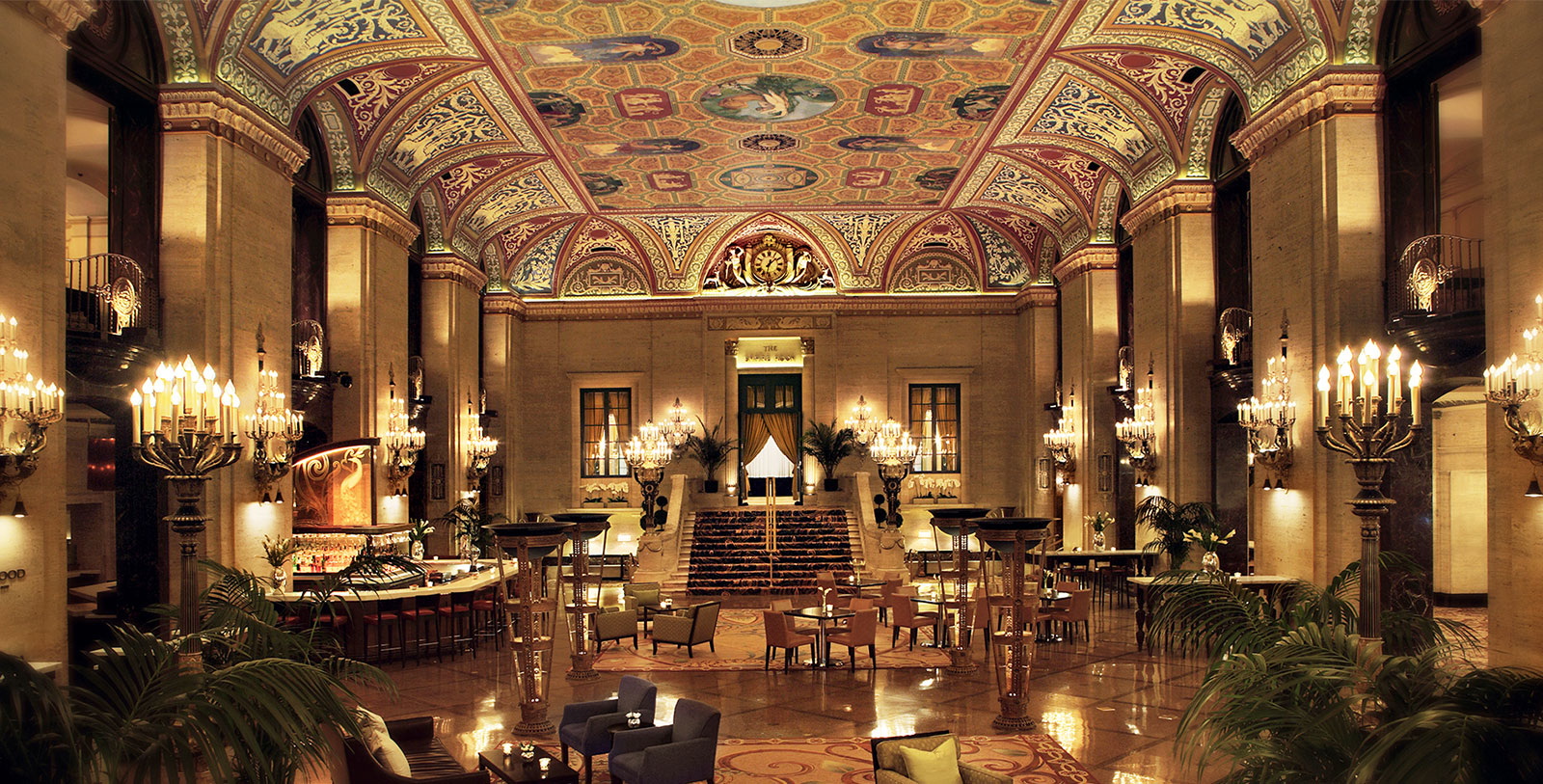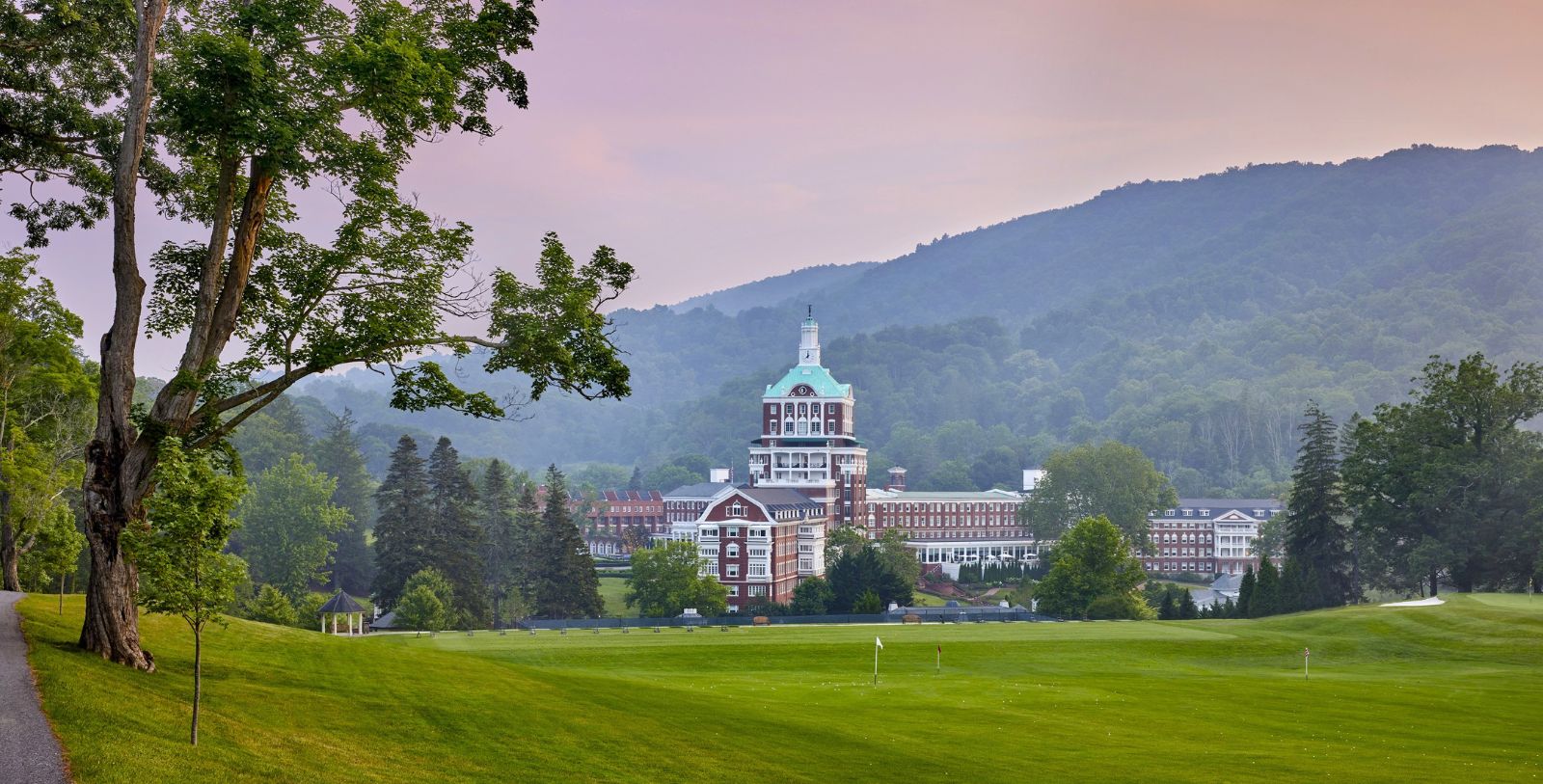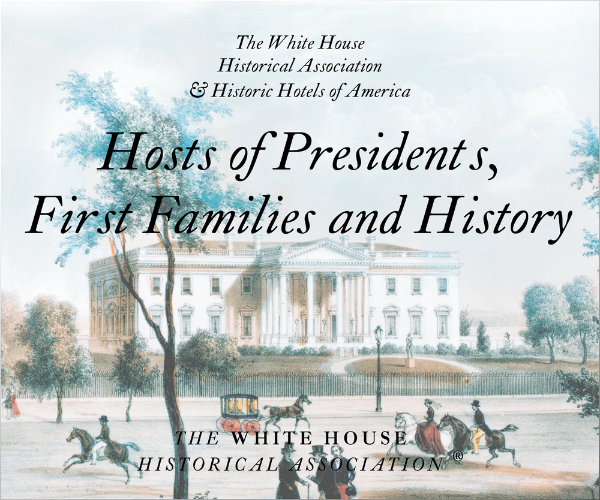Tomato juice might be considered a staple of the hospitality industry. It’s commonly served on most airlines and is one of the primary ingredients of the Bloody Mary cocktail, a mainstay of Sunday brunch. In the 40s and 50s, it was popular as an appetizer in many restaurants.
You might associate tomato juice with later makers, like Del Monte and Sacramento, but it was a man named Louis Perrin who first invented the beverage in 1917. Perrin, a chef at the French Lick Springs Hotel in southern Indiana, ran out of orange juice and needed a substitute for his patrons. He decided to mix ripe, freshly squeezed tomatoes with a touch of sugar and his special sauce. The new “tomato juice” not only caught on with his customers but still remains a favorite some 100 years later.
In an era when many hotels are doing away with minibars, setting up self-service kiosks, experimenting with grab and go meals, leasing restaurant space and promoting tech-enabled ordering, it’s easy to forget that fine restaurants were often an integral part of fine hotels.
More than 300 hotels across the United States are members of the prestigious Historic Hotels of America. Each of these properties is least 50 years old, and has been recognized by the National Trust for Historic Preservation for maintaining its authenticity, sense of place and architectural integrity in an industry often characterized by change.
Many of these iconic hotels have also made notable contributions to our nation’s culinary heritage and traditions. Historic Hotels of America recently compiled a list of 25 hotels that have made the most unique contributions to our country’s culinary heritage and traditions. These include developing inventive recipes as well as foods and cocktails closely associated with a hotel’s history (for at least 25 years), ones that are still served today.
Here are five examples of such notable contributions from these historic hotels:
She-Crab Soup
John Rutledge House Inn (1763), Charleston, South Carolina:
John Rutledge, best known as the chairman of the drafting committee for the U.S. Constitution, originally built this property as a home for his bride. In the 1920’s, the mayor of Charleston, who then resided at the house, was expecting a visit from President William Taft. He asked his butler to “dress up” the crab soup. The addition of orange crab eggs gave the soup color and enhanced its taste. She-Crab Soup is now a southern tradition synonymous with Lowcountry fare.
Tomato Juice
French Lick Springs Hotel (1845), French Lick, Indiana:
With a storied history of decline and restoration, the family-friendly French Lick Springs Hotel is now part of a major resort complex in Orange County, Indiana that includes a casino and golf course. As mentioned above, Louis Perrin’s tomato juice breakfast drink was such a success that the kitchen couldn’t keep up with the demand. The hotel even formed its own tomato juice company to make the juice in large quantities and by 1928, made it commercially available in cans.
Boston Cream Pie
Omni Parker House (1855), Boston, Massachusetts:
In continuous operation for 165 years, the legendary Omni Parker House is credited with the creation of Boston Cream Pie. The hotel is located in the heart of the city, along the Freedom Trail near Beacon Hill, Boston Common, Quincy Market and Faneuil Hall Marketplace. Originally called Parker House Chocolate Cream Pie, the custard-filled cake with chocolate frosting was first served at the hotel restaurant when the property opened its doors in 1856. It became so popular that it became a Betty Crocker boxed cake mix and was designated as the official state dessert of Massachusetts. Still a fan favorite, the hotel now offers home delivery of the delicious pie nationwide. Another culinary milestone: The hotel also created Parker House Rolls, which made their way onto the bread plates of President Franklin Roosevelt’s White House.
Brownies
Palmer House®, a Hilton Hotel (1871), Chicago Illinois:
This landmark hotel in the Loop area was built by Bertha Honoré Palmer, a real estate developer who was the wife of a Chicago merchant. It is notable as the city’s first hotel with elevators and electricity and telephones in guest rooms. Palmer directed the chef of the Palmer House to fashion a special dessert on the occasion of the Columbian Exposition World’s Fair in 1893. Using a recipe that is now more than a century old (made with walnuts and an apricot glaze), he created chocolate brownies, which became one of the hotel’s most popular desserts and one that is still served at the hotel today. The first historical reference to the “brownie” was in the 1898 Sears Roebuck Catalog published in Chicago.
Chicken à la King
The Bellevue Hotel (1904), Philadelphia, Pennsylvania:
Although the name sounds like it descended from royalty, Chicken à la King was a dish that is said to have been created by William “Bill” King, a chef at The Bellevue Hotel in Philadelphia, although other legends attribute the invention of the recipe elsewhere. The chef’s recipe combined bits of chicken, mushrooms, truffles, sweet peppers and cream into a mixture that became so popular that the dish made it into the Fannie Farmer Cookbook. The gracious Bellevue Hotel was designed with architectural elements from the gilded age and was built by George C. Boldt, who became known as the “Father of the Modern American Hotel.”
Discover the Historic Hotels of America Top 25 List of Historic Hotels with the Most Unique Culinary Heritage and Traditions here.
Read the full article from Forbes Travel here.
About Historic Hotels of America®
Historic Hotels of America is the official program of the National Trust for Historic Preservation for recognizing and celebrating the finest Historic Hotels. Historic Hotels of America has more than 300 historic hotels. These historic hotels have all faithfully maintained their authenticity, sense of place, and architectural integrity in the United States of America, including 44 states, the District of Columbia, the U.S. Virgin Islands, and Puerto Rico. Historic Hotels of America is comprised of mostly independently owned and operated historic hotels. More than 30 of the world’s finest hospitality brands, chains, and collections are represented in Historic Hotels of America. To be nominated and selected for membership into this prestigious program, a hotel must be at least 50 years old; has been designated by the U.S. Secretary of the Interior as a National Historic Landmark or listed in or eligible for listing in the National Register of Historic Places; and recognized as having historic significance.
































